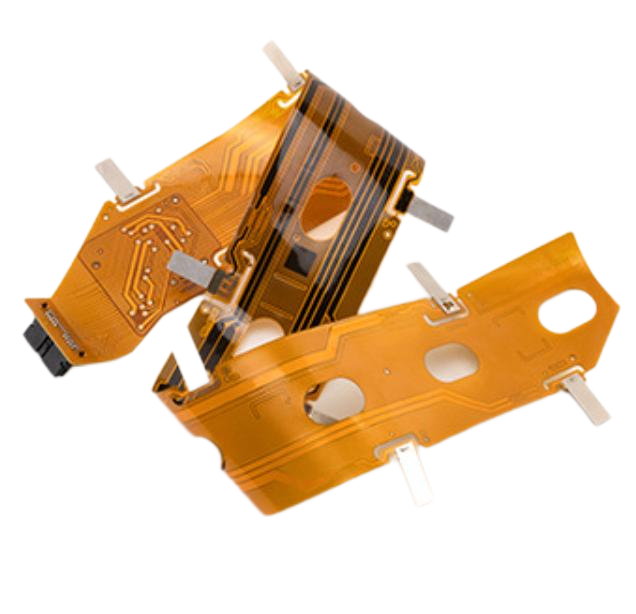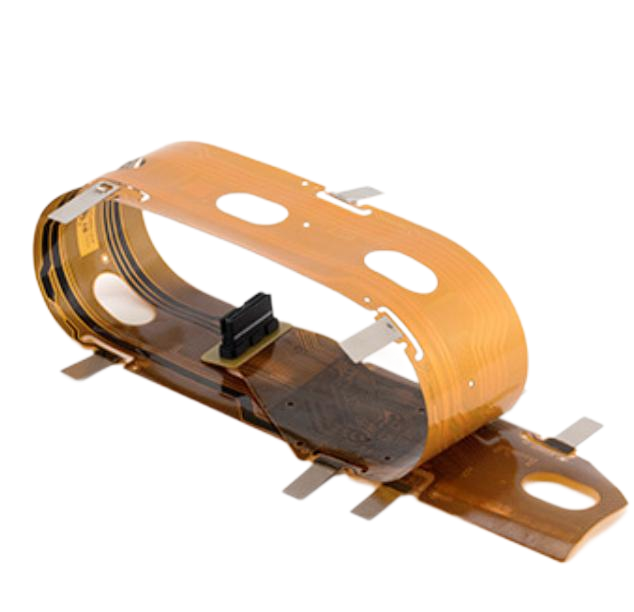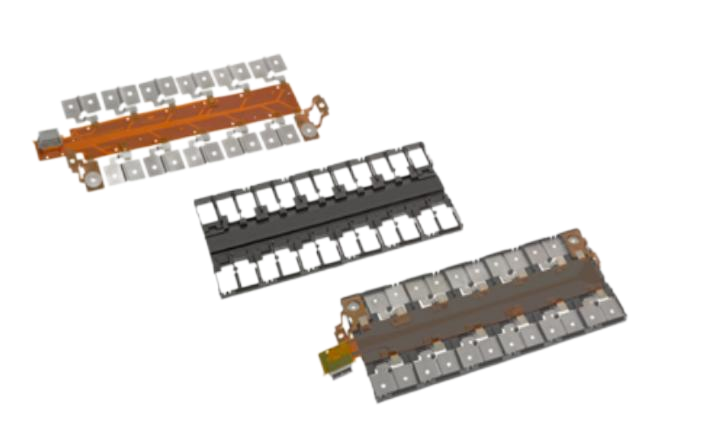Search
Quality Control and Problem - Solving Strategies of FPC in the Production of New Energy Vehicle Power Batteries
- Feb 18,2025
-
Share
In the rapidly advancing and perpetually evolving landscape of new energy vehicles, Flexible Printed Circuits (FPC) assume an increasingly indispensable role in the production of power batteries. This article is dedicated to offering incisive insights into the quality - related facets of FPC production, delving deep into industry - specific terminologies such as vias, traces, and impedance matching, which are fundamental to the FPC manufacturing domain.

Quality Control Points in FPC Production
1.Raw Material Inspection: High - quality raw materials form the bedrock for manufacturing reliable FPCs. Manufacturers are obliged to conduct rigorous inspections on copper foils, insulating films, and adhesives. For copper foils, key parameters such as areal weight and surface roughness, which are crucial for maintaining proper trace conductivity and adhesion, must be meticulously checked. Deviations in these parameters can lead to issues like high - impedance traces, potentially compromising the overall performance of the FPC.
2.In - line Detection during Production: Real - time monitoring throughout the production process is indispensable. Automated Optical Inspection (AOI) systems have emerged as a powerful tool in detecting a wide array of defects. These include misalignment of circuit patterns, which can cause issues with via - in - pad (VIP) connections, inadequate solder joints, and line width irregularities. Once these defects are identified, immediate corrective measures like re - flow soldering or trace re - routing can be implemented. This proactive approach not only minimizes the number of defective products in the subsequent production stages but also significantly reduces production costs and time wastage.
3.Final Product Inspection: Upon the completion of production, a thorough final inspection is carried out. This comprehensive inspection encompasses functional testing, which verifies that the FPC can operate stably under diverse electrical and environmental conditions. Additionally, dimensional and appearance inspections are conducted to ensure compliance with aesthetic and assembly requirements. Specific FPC - related checks, such as the integrity of coverlay lamination and the proper formation of blind and buried vias, are also part of this inspection, crucial for seamless integration of the FPC into the power battery system.

Common Quality Issues and Solutions
1.Short Circuits and Open Circuits: Short circuits, characterized by unintended electrical connections, and open circuits, where the electrical path is disrupted, are prevalent issues in FPC production. Enterprises like Shenzhen Huaruixin Electronics Co., Ltd. have been at the forefront of addressing these problems through circuit design optimization. By leveraging advanced software for circuit simulation and layout design, they can effectively identify potential short - circuit and open - circuit risks at the design stage. For example, they can analyze the capacitive and inductive coupling between adjacent traces to prevent short - circuits and ensure proper trace routing to avoid open - circuits, thereby enhancing the reliability of the FPC.
2.Copper Foil Peeling: Copper foil peeling is a critical issue that can lead to poor electrical conductivity and even product failure. To tackle this problem, companies have been focusing on improving their production processes. This involves optimizing the adhesive application process to ensure uniform adhesion across the copper foil and the substrate. Moreover, surface treatment of copper foils, such as micro - roughening to increase the surface area for better adhesion, has been enhanced to boost their bonding strength with the substrate, thereby reducing the likelihood of copper foil peeling.
3.Strengthening Quality Inspection: In addition to the aforementioned measures, continuous efforts are being made to strengthen quality inspection. Enterprises are ramping up the frequency and scope of inspections, leaving no room for overlooked defects. Inspectors are trained to identify issues like missing solder masks, which can lead to short - circuits, and improper trace etching, which can cause open - circuits. Simultaneously, investment in training quality inspection personnel is on the rise. Well - trained inspectors are better equipped to identify subtle defects and propose effective solutions, further bolstering the quality control process.

The quality control methods and problem - solving strategies employed by leading enterprises serve as a valuable reference for FPC manufacturers aiming to enhance product quality. By emulating these best practices, FPC production companies can not only enhance their competitiveness in the market but also contribute significantly to the sustainable development of the new energy vehicle industry.

Let’s talk! We’ll provide the perfect solution for you!
-
 Huaruixin Electronics mainly produces printed circuit boards as the core business, to provide customers with one-stop solutions for FPC/PCB production, components sourcing and Assembly.
Huaruixin Electronics mainly produces printed circuit boards as the core business, to provide customers with one-stop solutions for FPC/PCB production, components sourcing and Assembly. - WHAT WE DO — PCB Design Solutions — Flex PCB Production — Components Sourcing — FPC&PCB Assembly
- PRODUCTS — Single Sided Flexible Circuits — Double Sided Flexible Circuits — Multilayer Flexible Cirucits — Rigid-Flex Circuits — FPC Assembly — PCB Assembly
- CAPABILITY — FPC Capability — Rigid-Flex Capability — PCB Capability — Assembly Capability
- Copyright © 2024 Shenzhen Huaruixin Electronics Co., Ltd. All Rights Reserved.
- Design By BONTOP


